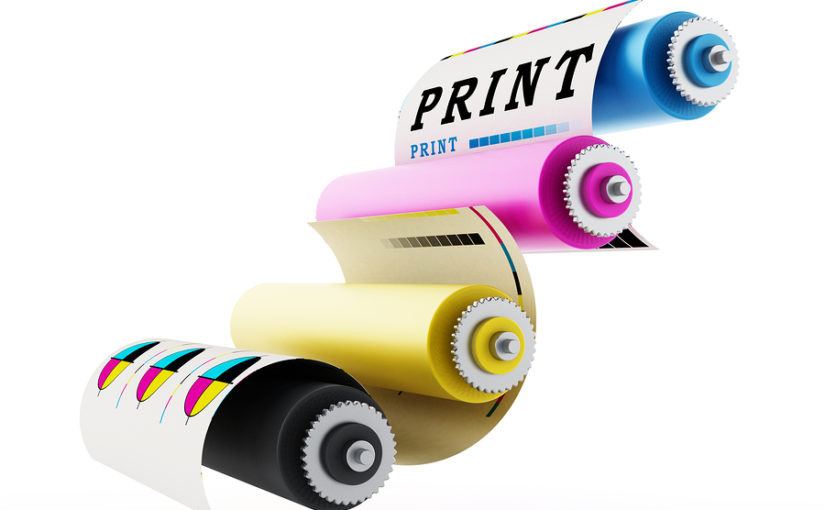Where did four color process printing begin?
The father of 4 color printing was a man by the name of Jacob Christoph Le Blon from Frankfurt, Germany. He made his first prints with 3 colored plates in around 1710 and got patents for this printing method in 1716. He originally used RBY (red, blue, yellow) for the original template, but that transformed into the CMY (cyan, magenta, yellow) over time & was the platform for modern day process printing as we know it.
What exactly is 4 color process?
4 color process is an extremely popular option for commercial printing. As it suggests, 4 colors (3 colors and black) are layered on top of each other to create the image that needs to be printed. The colors that make up 4 color process are commonly referred to as CMYK which stands for Cyan, Magenta, Yellow, and Key (Black). One plate is needed to make a black impression of the image and then color is applied using the rest of the plates. It is the job of the black (or key plate) to make the outline. In addition, if a print job requires a specific color that is not possible with CMYK, then a spot color is applied using an additional plate to achieve the desired result.
(Following examples of a spot color being applied, one CMY station, and the finished product below).
Plastic plates, colored dots, and your eyeballs
Essentially, 4 color process uses these plates to print tiny colored dots at different angles to create its vast array of colors. A much more exaggerated version of this would be old comic books. They were printed using 4 c/p, but the dots are actually very noticeable, whereas modern labelling methods require a magnifying glass to notice the dots at all. (You can find an article on that here, and again… it was cheap printing methods that led to these super exaggerated dots up until around the 70’s). Screens were actually used to create the dots in the tinted and shaded areas, but that is a printing topic for another day.
https://4cp.posthaven.com/in-defense-of-dots-the-lost-art-of-comic-book
The main thing we need to know is that the dots have become smaller and smaller through increases in technology over the years… So much so that the untrained eye has no idea what printing method was used.
Another interesting article can be found here https://www.exploratorium.edu/snacks/three-little-pigments and it explains the difference between the primary colors our eyes recognize (RGB) and how that is different from the secondary colors (CMY). It goes into detail about how light passes through CMYK & results in a final image. While this is not exactly what is going on in the printing process, it is still very interesting information to use as a reference point.
Why use 4 color process on a print job?
Pros:
- Can get very close to reproducing many pantone colors
- 4 color process is the only way to replicate the full spectrum of colors for complex images printed on web presses.
- Extremely cost effective print method for production facility and clients. Using less inks results in less expense for everyone involved, and who doesn’t like saving money?
- Can provide almost any color imaginable & even allows for gradients to a certain extent.
Cons:
- Not every color can be achieved with 4 color process, and we refer to those colors as ‘spot’ colors. Colors might be less vibrant or a slightly different tone with 4 c/p. With detailed graphics or illustrations most people will not even notice the difference.
- Some specific colors that cannot be produced with 4 c/p alone are silver, navy, orange, fluorescent hues, and metallic colors.

